Are your trees ready to survive the coldest months, or will the next frost leave your fruit trees and landscape struggling until spring? As winter sets in and temperatures drop, the health and survival of your yard’s trees hang in the balance. Winterizing trees isn’t just a gardening chore—it’s a crucial safeguard that determines whether your blossoming apple and pear trees, stately oaks, and the latest newly planted trees will thrive when the snow melts or succumb to preventable winter damage. This comprehensive guide unpacks the science, strategy, and step-by-step methods you need to protect your yard this season.
Why Is Winterizing Trees Crucial?
"Winter damage from harsh frost can devastate even the hardiest fruit trees if proper winterizing techniques aren’t applied." – Arborist Expert
Winterizing trees is all about defense—shielding your landscape investments from the severe conditions that winter brings. Trees, especially fruit trees and newly planted saplings, face unique risks like frost cracks, sunscald, root freeze, and desiccation injury as winter days grow colder. Without proactive care, even cold hardy species can suffer severe damage that impacts growth, fruit yield, and overall health in the following growing season. These dangers are heightened in locations known for freezing temperatures, making winter damage a common and costly issue for homeowners.
Why take action? A single season of neglect can lead to bark splitting, dead branches, or even the complete loss of a cherished tree. When you winterize, you build resilience far beyond the dormant season—improving survival rates, reducing costly replacements, and securing a vibrant, healthy landscape for years to come. Understanding winterizing trees means understanding the science behind how cold affects both root zone stability and visible tree health. Proper techniques can make all the difference when early spring arrives, ushering in new growth.
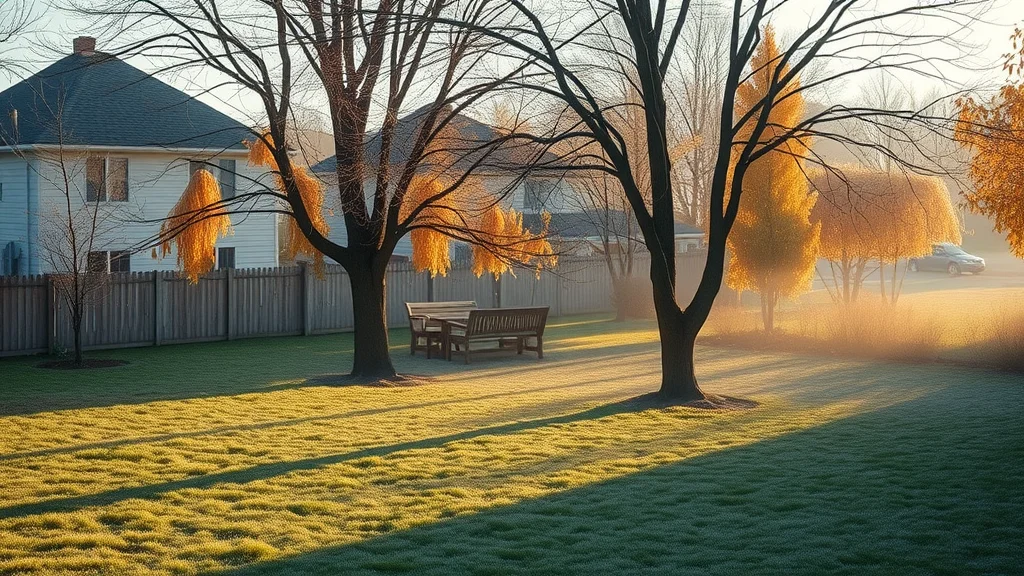
What You'll Learn About Winterizing Trees
- The science behind winterizing trees
- Best practices to prevent winter damage to fruit trees and other landscape trees
- Step-by-step instructions for effective winter tree care
- FAQs and tips for choosing trees for winter success
Understanding Winter Damage: How Cold Affects Trees
Cold winter months can be unforgiving to your trees—especially fruit tree and shade tree species. When cold air and freezing temperatures set in, trees enter the dormant season, slowing growth to conserve energy. But even in dormancy, trees are susceptible to numerous forms of winter damage that can severely impact their long-term vitality.
As sun sets on late autumn days, trees face abrupt shifts in soil moisture and ambient temperature. Sudden cold snaps cause trunks to expand and contract, sometimes resulting in frost cracks. Water loss from leaves and bark can cause desiccation, while even the most well-established tree roots can suffer from root freeze if the layer of mulch around the base is too thin or missing. Understanding how cold interacts with tree bark, branches, and the root zone is key to developing an effective winterizing strategy. Protecting your trees now directly results in stronger, healthier growth when the growing season resumes.
Types of Winter Damage in Fruit Tree and Shade Tree Species
- Frost cracks and splitting
- Desiccation injury
- Sunscald
- Root freeze
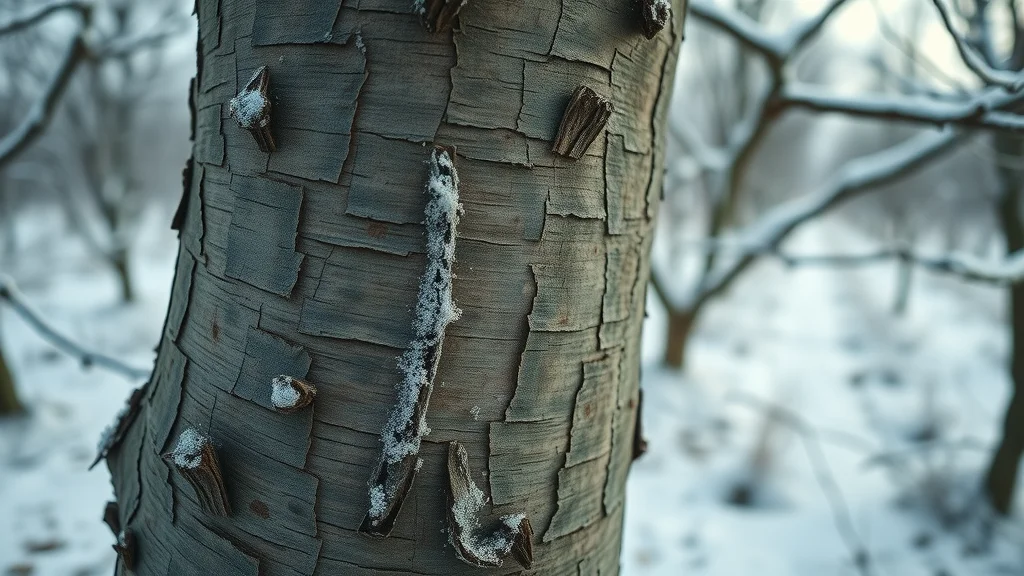
Choosing the Right Trees for Winter: Fruit Trees and More
Selecting trees for winter resilience is the foundation of a healthy, attractive yard. Not all fruit trees or ornamental species are equally capable of withstanding freezing temperatures or severe frost cycles. Cold hardy varieties such as apples, pears, and some plums are well-adapted to northern climates, while peach and cherry trees may need extra attention during the winter months. The local climate zone—ranging from mild coastal winters to deep freezes in the Midwest—directly influences which trees thrive and which require more intensive winterizing.
When planning your landscape, assess the winter hardiness ratings of each species, considering both mature trees and newly planted trees. Pay attention to the location within your yard, as the west side of a property or an area exposed to harsh winds may increase susceptibility to sunscald and root freeze. Choosing the best-suited fruit trees and shade trees gives you a strategic advantage in minimizing winter damage and maximizing beauty and yield every year.
Top Fruit Trees and Trees for Winter Resilience
| Tree Species | USDA Hardiness Zones | Winter Hardiness | Need for Winterizing |
|---|---|---|---|
| Apple Tree | 3-8 | Excellent | Low (young trees: Moderate) |
| Pear Tree | 4-8 | Very Good | Moderate |
| Cherry Tree | 5-8 | Moderate | High (requires wrapping, mulching) |
| Plum Tree | 4-8 | Good | Moderate |
| Maple (Shade Tree) | 3-9 | Excellent | Low |
| Oak | 3-9 | Very Good | Low |
How to Winterize Trees: Step-by-Step Guide
Winterizing trees may sound complicated, but the process is straightforward when broken into actionable steps. By the time the first hard freeze arrives, you want your trees—especially fruit tree and newly planted varieties—shielded against the worst of winter damage. A step-by-step approach ensures that every vital aspect of your trees’ defense, from soil moisture to tree bark protection, is covered.
Let’s detail the essential tools and techniques for protecting your yard. Be sure to gather your supplies before the weather turns severe—this preparation makes all the difference as winter days shorten and the dormant season takes hold.
Essential Tools and Materials for Winterizing Trees
Before starting, collect the tools and materials you’ll need for winterizing trees. Common supplies include tree wrap or burlap, quality pruning shears, mulch (preferably organic like wood chips or straw), a watering can or hose, and tree guard mesh. For regions with deer rub or rodent problems, hardware cloth or a plastic tree guard provides an effective physical barrier. If you’re working with newly planted trees or younger specimens, ensure the tree wraps are sized correctly to avoid suffocating bark during the dormant season. A reliable pair of gardening gloves will also come in handy, especially on brisk winter mornings.
Having all these items on hand streamlines your winterizing efforts, helping you move through pruning, mulching, watering, and trunk wrapping without needing to pause. Proper gear not only makes each step easier, but improves your results—giving those fruit trees and landscape species the best possible shot at surviving winter unscathed.
Step 1: Inspect and Prune Before Winter
The first step to effective winterizing trees is performing a close inspection of each tree—fruit trees, shade trees, and evergreens alike. Check for dead, diseased, or damaged branches and remove them with sharp pruning shears. Early pruning, before the coldest winter months, prevents further splitting, discourages disease, and redirects resources to healthier wood. Focus your attention on young trees and newly planted species, as structural integrity is especially important in the face of winter storms.
Aim to complete your pruning in late autumn, after the leaves have fallen but before hard frosts set in. This timing allows wounds to heal slightly before the full stress of winter days arrives, reducing the risk of severe damage or infection. Pruning encourages healthy, vigorous growth for the next growing season and ensures your fruit tree branches are strong enough to bear next year’s fruit.
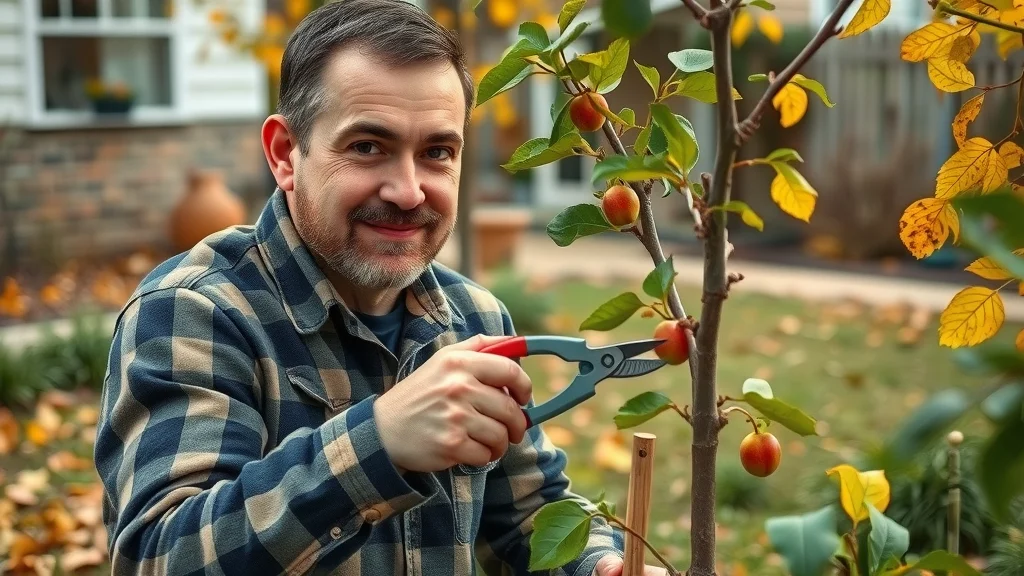
Step 2: Mulching and Root Protection for Winterizing Trees
Once pruning is done, focus on root zone defense—a layer of mulch around the base of the tree acts as natural insulation. Spread a 2 to 4-inch layer of mulch (leaving a small ring around the trunk to prevent rot) to stabilize soil moisture and temperature. This shields sensitive roots and prevents rapid freezes or thaws that can cause root zone injury, particularly in newly planted trees and fruit trees.
Mulch doesn’t just insulate; it slows water evaporation and protects against frozen soil. Throughout the winter months, check mulch levels and add more if snow, rain, or wind displaces the layer. High-quality mulch also reduces weed pressure and nutrient competition when early spring growth resumes. Using an organic mulch is excellent for both fruit trees and ornamental species, and contributes to overall soil health for the next growing season.
Step 3: Wrapping and Shielding Trunks Against Winter Damage
For young or thin-barked trees—in particular, fruit trees—wrapping the trunk can be the difference between healthy spring growth and lasting winter damage. Secure commercial tree wrap or breathable burlap around the trunk from the base up to the lowest set of branches, overlapping each layer by a third. This helps prevent sunscald (sun-induced bark splitting), deer rub, frost cracks, and even rodent gnawing, which are all prevalent risks on cold winter days.
Be careful not to overwrap or make the barrier too tight. The goal is to provide physical protection without suffocating the bark or trapping excess moisture. Tree wraps and tree guards should be removed in early spring, as soon as freezing temperatures have passed and the sun begins to warm the trunk again. For mature, thick-barked trees, wrapping may be less critical, but still beneficial for sensitive species or locations with known wildlife pressure.
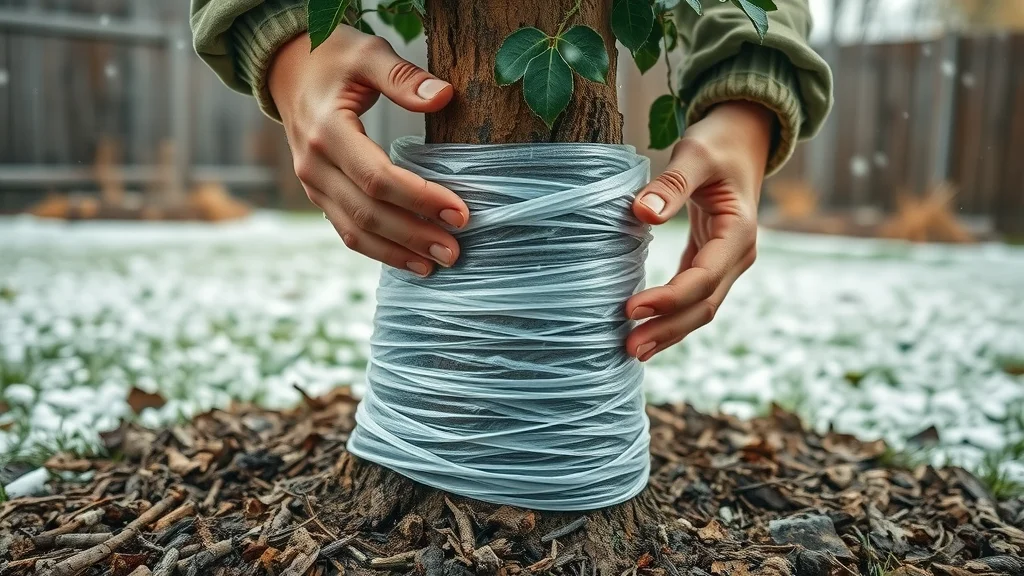
Step 4: Watering Protocols for Fruit Tree Survival
Proper hydration going into winter is often overlooked, yet it’s essential for tree survival—especially for fruit trees with shallow or recently established root systems. Before the ground freezes, soak the root zone thoroughly on a dry day. Soil moisture helps protect roots from sudden temperature fluctuations, minimizing damage by ensuring a reservoir of water is available during the dormant season.
Continue to monitor weather patterns; if winter is unseasonably dry and ground remains unfrozen, provide supplementary water to prevent desiccation. Avoid the urge to water during hard freezes or immediately before them. Focus on watering efforts in late autumn and early winter, tailoring the protocol to size, age, and species (newly planted trees typically need more attention). These steps dramatically reduce the chance of winter damage—supporting stronger spring growth and a healthier growing season ahead.
Winterizing Fruit Trees: Special Considerations
Fruit trees are among the most vulnerable landscape species when it comes to winter damage. From frost cracks to rodent gnawing and sunscald, fruit trees—especially young and newly planted varieties—demand special care. Strategies such as using a thicker layer of mulch, selecting a physical barrier like hardware cloth for the trunk, and ensuring consistent hydration before freezing temperatures are essential for these high-value trees.
Additionally, the unique physiology of fruit tree bark, thinner than many shade trees, makes it more likely to split or suffer from severe cases of sunscald as sun sets each afternoon. Attentive winterizing means the difference between a successful harvest and the heartbreak of stunted or dead branches the next year.
Protecting Young and Mature Fruit Trees from Winter Damage
Young fruit trees are particularly prone to winter damage due to their tender bark and shallow roots. Install a tree guard mesh or wrap the trunk with breathable material, ensuring it’s secured well but not tight enough to restrict growth. Mature fruit trees, though more resilient, benefit from a refreshed mulch ring each year and a physical barrier if deer or rodents are a concern. In severe winters, consider double-mulching or using a protective blanket over the base of the tree for an added layer of defense.
Monitor both young tree and mature specimens during winter months for signs of animal chewing, bark damage, or root exposure caused by freeze-thaw cycles. Act quickly if you notice issues—early intervention helps trees recover and prevents more severe damage by the time early spring arrives.
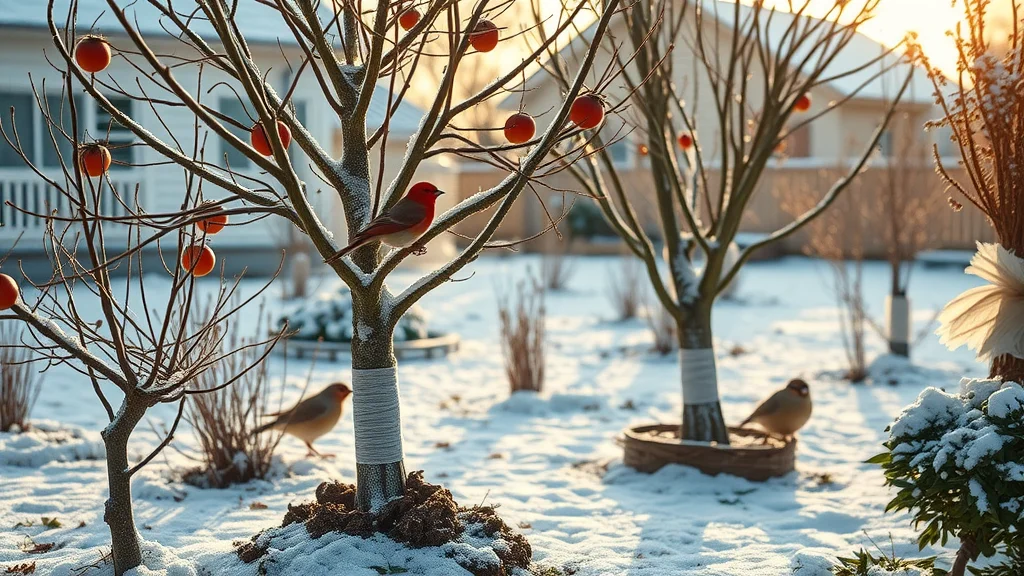
Common Mistakes When Winterizing Fruit Trees
- Overwrapping and suffocating bark
- Improper pruning timing
- Neglecting root zone hydration
People Also Ask: How do you winterize a tree?
Answer: To winterize a tree, start by cleaning up around the base, pruning dead or diseased branches, applying mulch to the root zone, wrapping the trunk if necessary, and ensuring adequate moisture before ground freeze. These steps help protect trees from winter damage, particularly fruit trees and delicate species.
People Also Ask: When should I wrap my trees for winter?
Answer: Trees should be wrapped for winter after the first hard frost but before heavy snowfall. This is especially important for fruit trees and young trees susceptible to winter damage.
People Also Ask: Why do people put saran wrap around trees?
Answer: Saran wrap or specialized tree wraps are used during winterizing trees to protect the bark from sunscald, frost cracks, and rodent damage. It's commonly seen on fruit trees to prevent winter damage.
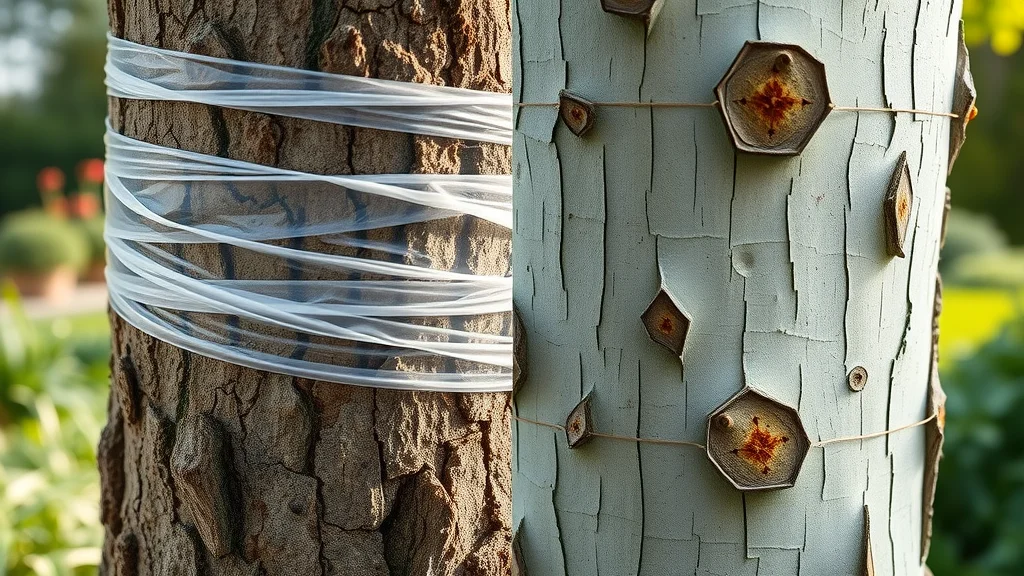
People Also Ask: At what temperature should I cover my trees?
Answer: Cover trees when temperatures are expected to fall below 32°F (0°C), particularly for frost-sensitive fruit tree varieties and newly planted trees.
Winterizing Trees: Essential Checklist
- Assess which trees need protection (focus on fruit trees and young trees)
- Prune, water, and mulch as needed
- Wrap trunks and use tree guards for vulnerable bark
- Monitor winter weather and adjust protection as conditions demand
Expert FAQs: Winterizing Trees and Preventing Winter Damage
- Do all trees need winterizing? Not every tree requires equal protection. Focus on fruit trees, newly planted trees, and species sensitive to cold.
- Can I winterize my trees without wrapping? Mulching and watering are sometimes enough for mature or thick-barked trees, but wrapping adds an essential barrier for vulnerable types.
- Is mulching really necessary for fruit trees? Yes, mulch helps maintain root zone temperature and moisture, crucial for overall health and preventing winter damage.
- What signs of winter damage should I look for? Watch for frost cracks, sunscald, wilted branches, and visible damage to bark or root zone, especially after deep freezes.
Key Takeaways on Winterizing Trees
- Winterizing trees is vital for tree survival, fruit yield, and landscape health.
- Steps include pruning, mulch, watering, trunk wrapping, and monitoring weather.
- Proper protection minimizes winter damage and ensures stronger growth in spring.
Final Thoughts & Next Steps
Maintain your yard’s health with these winterizing tree strategies. Grow your landscaping expertise—call 203-271-7991 or visit TreeGuardianNews.com to subscribe.
To enhance your understanding of winterizing trees, consider exploring the following resources:
-
“Winterizing Plants”: This article provides easy techniques for preparing plants for winter’s chill, including mulching and protecting plant crowns. (hgtv.com)
-
“Caring for Trees in the Cold”: This resource offers essential tips to help protect young or newly planted trees from winter damage, such as proper watering, mulching, and wrapping techniques. (tfsweb.tamu.edu)
These resources offer practical advice to ensure your trees remain healthy and resilient throughout the winter season.
 Add Row
Add Row  Add
Add 

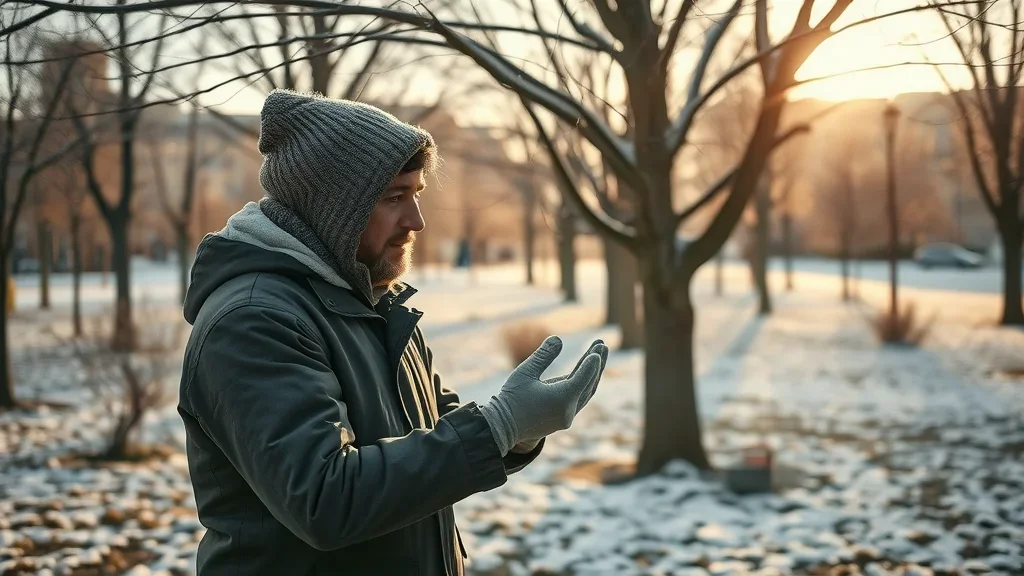
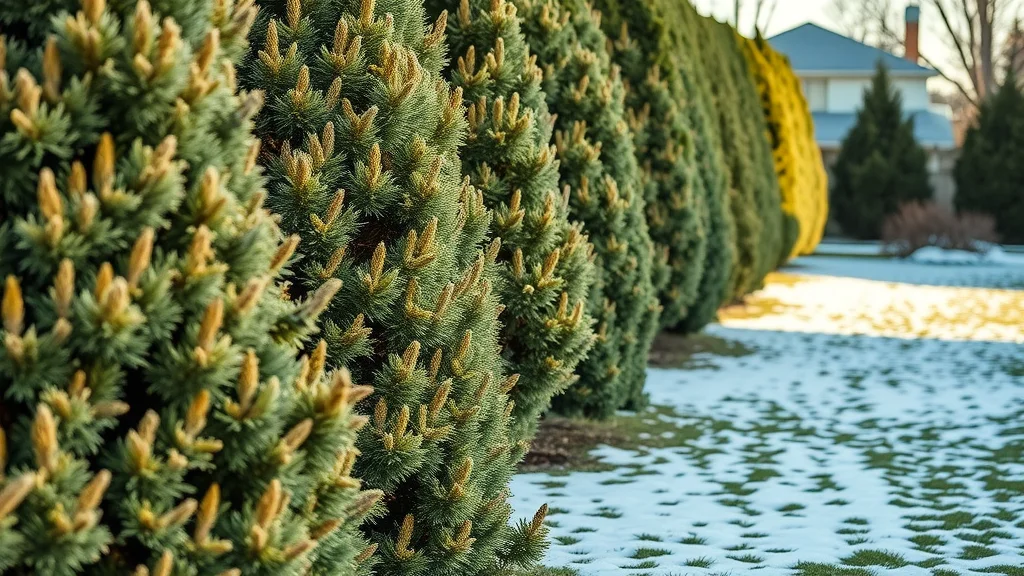
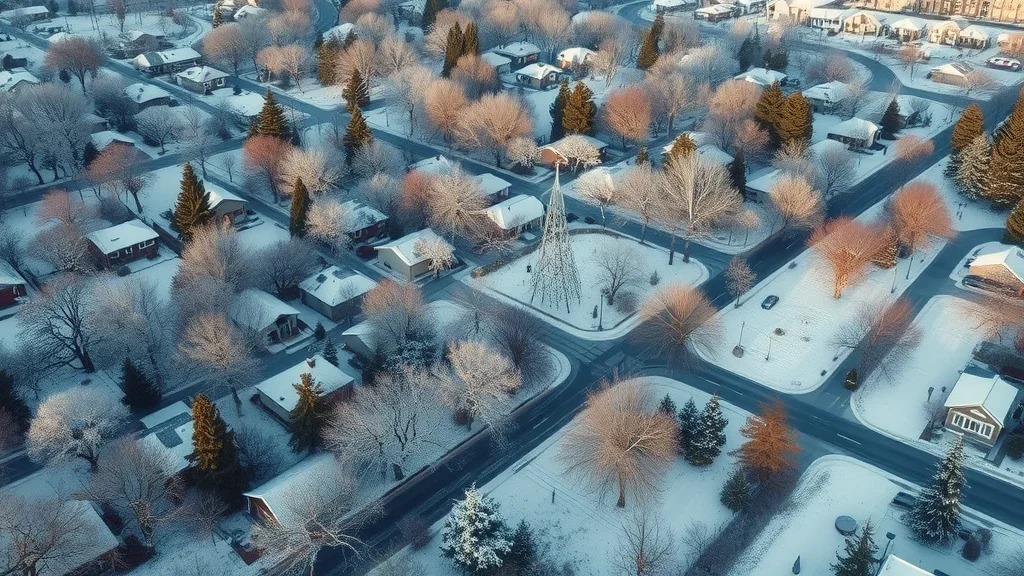
Write A Comment